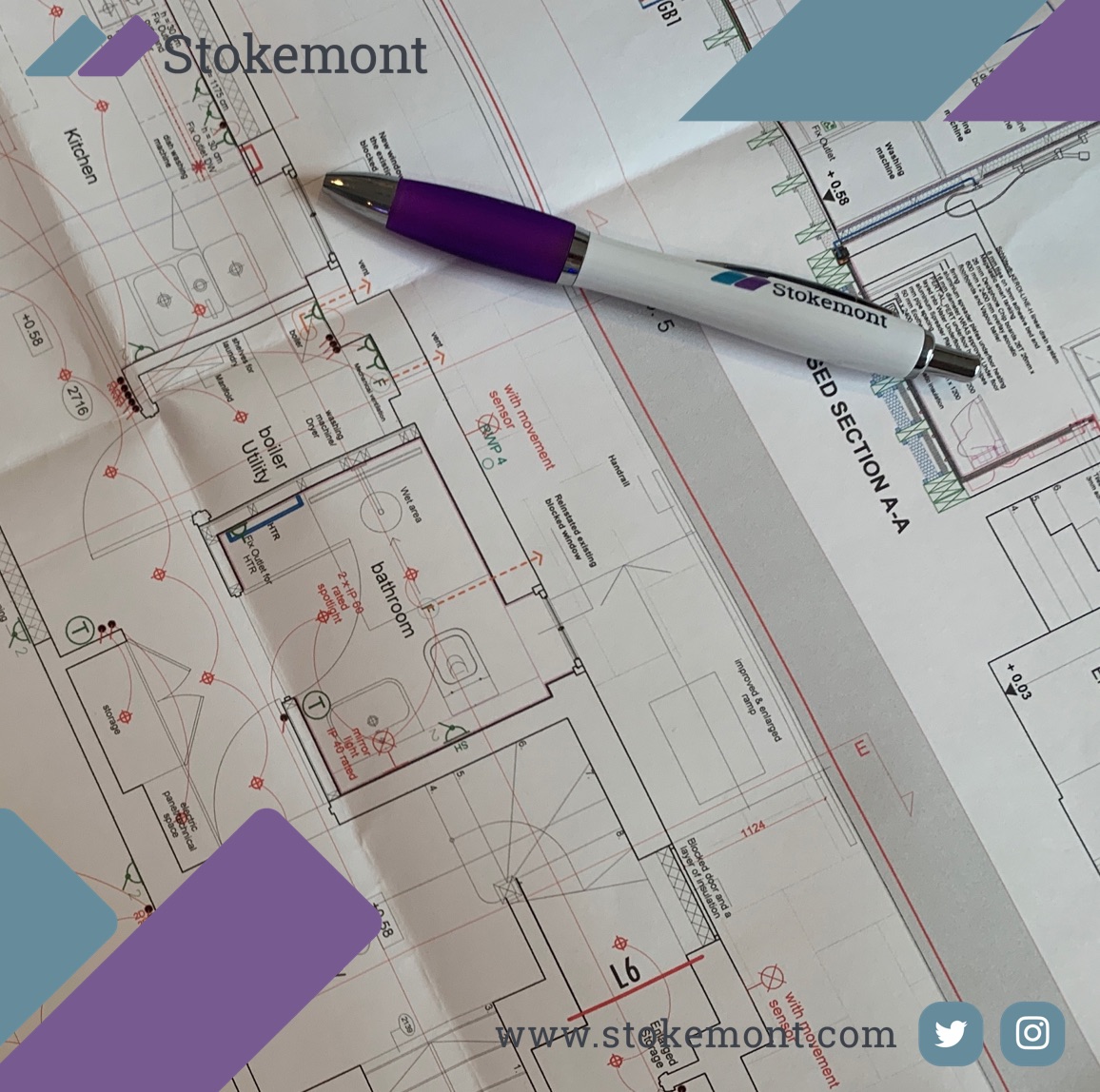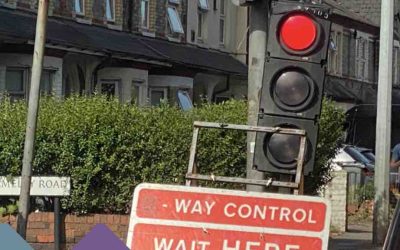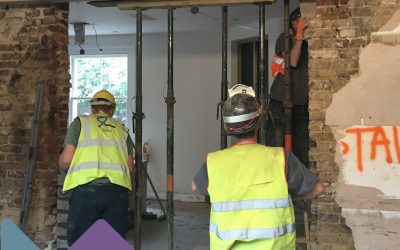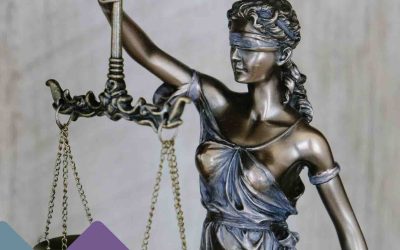Thank you, for clicking on today’s Property Surveying blogpost topic, through our blogposts, we aim to discuss some of the more complicated and complex areas of the surveying work that we undertake here at Stokemont.
One of the more complicated areas of surveying that our surveyors deal with on a daily basis, comes by virtue of Licence for Alterations work.
Licence for Alterations works and procedures are required when a leaseholder is planning on undertaking works to their property, with that property forming part of a freehold, or share of freehold entity.
The lease wording and particulars, often setting out the provisions and protocols that the leaseholder of the property will need to go through during the course of the works.
In this blogpost, we are going to be looking at the likely situations that will come into play if a leaseholder is a party to a fully-qualified covenant within their lease.
To start with, a fully-qualified covenant is the most favourable covenant that a leaseholder can have within their lease.
The fully-qualified covenant will essentially set out that the leaseholder has the legal right to undertake the works, importantly, those works cannot be unreasonably withheld by their freeholder.
In layman’s terms, this effectively means that so long as the leaseholder goes through the necessary steps and procedures required in the conventional circumstance to achieve their freeholder’s consent, the freeholder would not be in a sound position to dispute, refuse, or stop the leaseholder from progressing those planned works.
Some of the typical procedures and protocols that will come into play through the course of a leaseholder’s Licence for Alterations Application will be as follows:
Surveyor Input
The freeholder is likely to request the input of their own surveyor, that surveyor’s role and duty being to advise the leaseholder on the specifics and particulars of the works. This advice will look at the works from the perspective of both the envelope of the building, however, also any fellow leaseholders.
The surveyor will be carefully reviewing and assessing both the short-term and long-term proposals, ensuring that there is adequate protection and robust consideration to the overall wider building and neighbouring flats.
Engineer Input
For more complicated or structurally advanced works, the freeholder will also likely rely upon the advice and input of their own structural engineer.
Much like the surveyor’s role in advising the freeholder, the engineer will ultimately undertake the same procedures and protocols.
However, in this case the engineer is going to look at the risk and issue associated with the works within respect of the wider scope of the building itself.
In many cases, this review will be relatively straightforward, as so long as the leaseholder has got a competent and well-considered structural engineer on board, there is going to be very little that the reviewing engineer is able to flag up.
It is also important to note that the engineer undertaking the review is not going to be checking the leaseholder’s engineer’s work, nor looking for pitfalls or fault. Instead, they are very much going to be reviewing it and essentially applying two sets of eyes to the design.
Temporary Protections
One thing that the vast majority of flats share, is communal and common areas, whether this be the hallway, lift, staircases, or lobbies.
In order for the leaseholder’s contractor (or contractors) to be able to undertake the works in a sound manner, in many cases they are going to need to pass through and gain passage via these areas.
Temporary protections will essentially set out stipulations and requirements that the leaseholder’s contractor needs to adhere to during the course of the works.
The protections will see any common areas being considered and ultimately temporary removeable protections being installed to safeguard the existing finish and avoid against any damage via passage, or material delivery.
Typical examples of this could be:
- Protecting carpets with adhesive film.
- Protecting walls with Corex sheeting.
- Or, likewise protecting lifts and stairways in the same manner.
Ultimately, without these types of protections scuffs, material spillage, and wear and tear are likely to occur, which will inevitably result in a post-work damage claim by the freeholder.
Schedule of Condition Report
Another key and incredibly conventional procedure for a freeholder to insist on, is the undertaking of Schedule of Condition reports, both before and after the leaseholder’s work commences.
The Schedule of Condition Report is effectively a surveyor’s inspection and consequential report, a snapshot if you will, of the condition of the communal areas and neighbouring properties.
The Schedule of Condition is going to go through each area in a point-by-point, step-by-step basis, setting out all defects, imperfections, damages and issues that currently exist within the property.
The premise behind this is to ensure that the leaseholder or the leaseholder’s contractor, is not held liable for any damage that predates their proposed works.
Equally, the purpose can also be looked at through the eyes of the leaseholder, whereby they will want to ensure that they are not held liable for damage that predated their work, and ultimately have to cover the cost and time in repairing issues that may have been pre-existing.
Licence for Alterations procedures have a vast number of moving pieces, and in many cases can often be significantly driven by the freeholder’s approach, or the freeholder’s advisor’s approach.
Here at Stokemont, we would advise that a leaseholder takes professional advice in respect of their planned works as soon as and as early as possible.
Ideally, this would be well in advance of commencing the planned works, as in some cases the Licence for Alterations procedures can take months to agree.
If you would like to discuss your Licence for Alterations procedures with our team of experienced and qualified surveyors here at Stokemont, please feel free to give us a call today, and we will be more than happy to assist and advise you.




